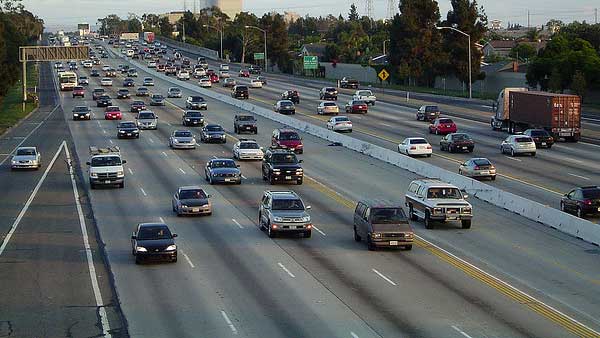-
Tips for becoming a good boxer - November 6, 2020
-
7 expert tips for making your hens night a memorable one - November 6, 2020
-
5 reasons to host your Christmas party on a cruise boat - November 6, 2020
-
What to do when you’re charged with a crime - November 6, 2020
-
Should you get one or multiple dogs? Here’s all you need to know - November 3, 2020
-
A Guide: How to Build Your Very Own Magic Mirror - February 14, 2019
-
Our Top Inspirational Baseball Stars - November 24, 2018
-
Five Tech Tools That Will Help You Turn Your Blog into a Business - November 24, 2018
-
How to Indulge on Vacation without Expanding Your Waist - November 9, 2018
-
5 Strategies for Businesses to Appeal to Today’s Increasingly Mobile-Crazed Customers - November 9, 2018
Hands-free devices don’t lead to distraction-free driving
Researchers from AAA discovered the residual effects of mental distraction while studying hands-free technologies offered in ten vehicles.
Advertisement
The three most high-profile hands-free phone systems were tested by 65 additional drivers aged 21-68.
According to the study, Google Now performed best rating 3.0, followed by Apple Siri ranking at 3.4 and Microsoft Cortana at 3.8. A category 2 distraction is about the same as talking on the phone, while category 3 is equivalent to sending voice-activated texts on a flawless, error-free system.
The traffic safety foundation warns that the technologies could result in people failing to see stop signs, pedestrians or vehicles while they refocus.
All the hands free devices scored between 2.4 and 4.6.
“Drivers need to be especially careful even when using voice-activated systems, and even when stopped at a red light”, said Martha Mitchell Meade, manager of Public and Government Affairs for AAA Mid-Atlantic. The researchers studies the hands free devices use in 10 models for 2015.
That’s the underlying message of new neuroscience published Thursday that raises new questions about the safety of voice-activated technology in many new cars. In fact, depending on the smartphone or in-car infotainment system, and the nature of the voice command, the AAA claims that a auto could have covered the length of three football fields before the driver’s focus is fully on the road again.
This March 6, 2014 image provided by AAA Foundation via DanCampbellPhotography.com shows a driver during the Cognitive Distraction Phase II testing in Salt Lake City. When using the least distracting systems, impairment still lasted more than 15 seconds. Clearly, there’s an incentive for automakers to offer something, anything, to let us use our phones while driving without taking our hands off the wheel-too many drivers are insistent on using their phones while driving for automakers to ignore this threat completely. Professors at the University of Utah conducted the study, which is the third in a series of studies AAA is doing to study cognitive distractions behind the wheel.
The experiment’s structure and the tasks used to determine distraction build on previous studies by AAA.
Advertisement
That’s why every year, in April, law enforcement officers from more than 200 agencies statewide take part in National Distracted Driving Awareness Month, along with California Teen Safe Driving Week in the first week of that same month.




























